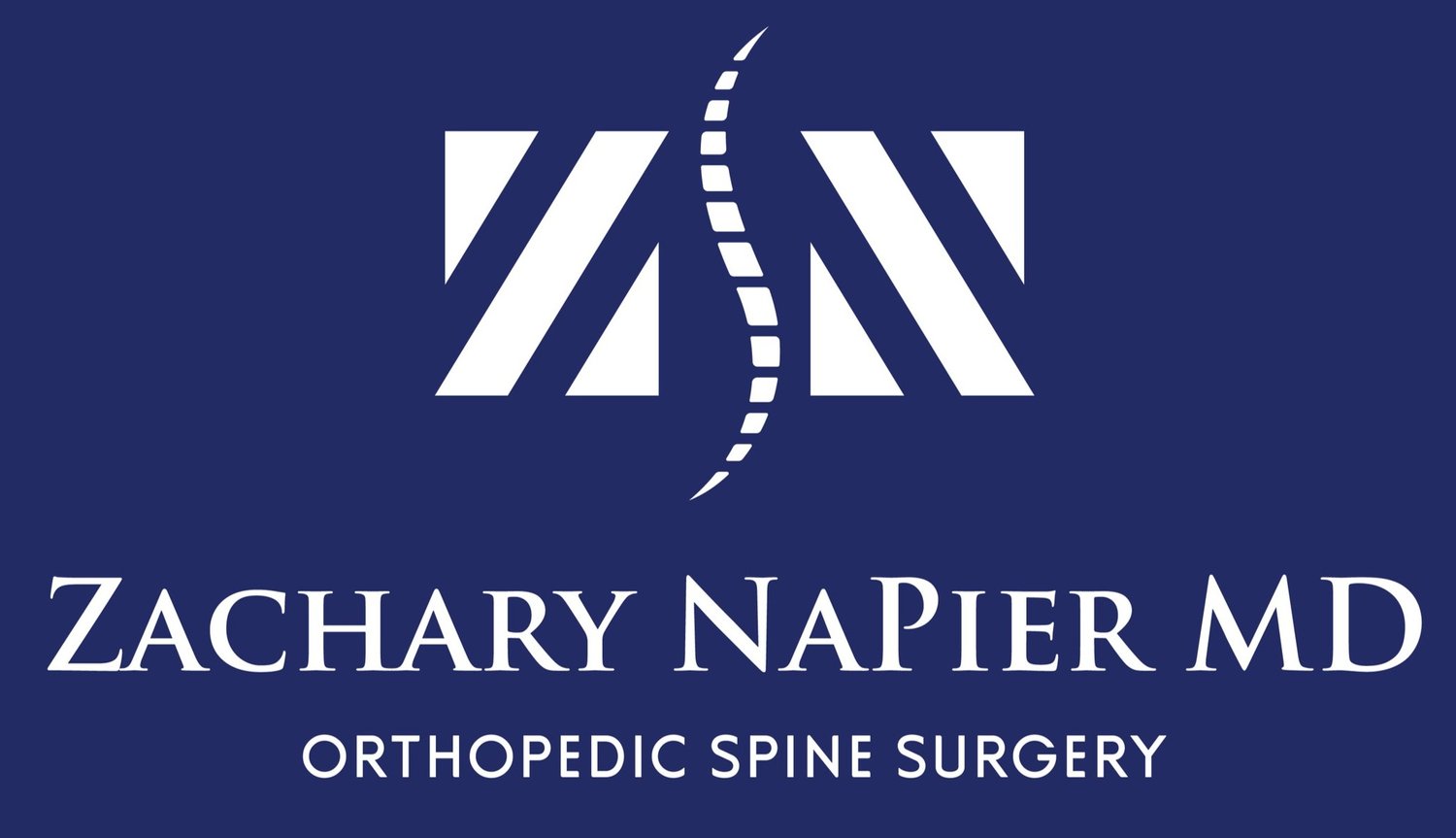What is Prone Transpsoas Lateral Interbody Fusion (PTP LIF)?
Prone Transpsoas Lateral Interbody Fusion (PTP LIF) is a minimally invasive spinal fusion technique. Minimally Invasive Surgical (MIS) techniques result in faster recover and less blood loss and postoperative pain compared to traditional techniques. In order to better understand PTP LIF we will review the evolution of spinal fusion techniques leading to the development of PTP LIF.
In a traditional spinal fusion surgery an incision is made in the midline of the back and the paraspinal muscles are dissected or peeled off of the bones. Pinched nerves are decompressed through direct removal of bone spurs and overgrown ligament, a technique known as Direct Decompression. After Direct Decompression is performed, Screws and rods are placed into the vertebrae themselves to hold the bones steady. A high speed burr or dremel is used to create small fractures on the bony surfaces of the side of the spine, or the posterolateral gutter. The patient’s own bone spurs are ground up and combined with synthetic or cadaver derived bone products known as bone graft and placed into the posterolateral gutter. In the bottom right picture, the green ovals show bone graft that is packed around pedicle screws holding two adjacent vertebrae in place. Over the course of the next 6-12 months this bone graft heals into a solid mass of bone that “fuses” or joins the two bones together. This process is called spinal fusion.
Traditional Spine Surgery: The surgeon directly decompresses pinched nerves by removing bone spurs. Fusion is achieved by tricking the body into thinking there is a fracture between two adjacent bones. The body then forms a bridge of bone in the posterolateral gutter (Green Oval), connecting or “fusing” the two bones into one continuous mass of bone.
Minimally Invasive Surgery (MIS) differs from traditional spine surgery in that Fusion is achieved through the disc space in the front of the spine. This is a much more favorable environment for fusion because it has a larger surface area, enhanced mechanical stability, and natural compressive forces of the spine induce bone healing and fusion. In Minimally Invasive Surgery (MIS) the surgeon access the disc space through various anatomic corridors and places an interbody fusion cage into the disc space.
When screws and rods are required for additional stability they are placed through small incisions on each side of the spine that do not disrupt the important lumbar paraspinal muscles. This is known as a “muscle sparing” approach. This results in substantially less soft tissue damage and blood loss and results in faster recovery with less postoperative pain. Due to the favorable anatomy of the interbody space, often large cages can be placed that lift open pinched nerve tunnels and restore appropriate anatomic alignment to the spine. The process of lifting open nerve tunnels and opening the spinal canal with large interbody cages is called Indirect Decompression. The advantage of indirect decompression is that it does not require the removal of damaging of the patient’s paraspinal muscles, bone, and ligaments.
Minimally invasive fusion for a spondylolisthesis, or slipped disc. In this case the patient had severe lower back pain from bone on bone arthritis and a slipped disc in his lumbar spine. He also had severe pain radiating down his leg or sciatica and weakness due to pinched nerves. The red circle shows a pinched nerve tunnel. Using minimally invasive techniques a large titanium cage was placed that restored the alignment in his spine. The blue circle shows his enlarged nerve tunnel. The patient experienced immediate relief of back pain and sciatic. The cage also provides an extremely stable environment for successful fusion (blue crescent) through the interbody space. Screws and rods were placed through 1 inch incisions on either side of the patient’s back with minimal damage and disruption to his important paraspinal muscles. This resulted in less pain and blood loss and faster recovery.
When screws and rods are required for additional stability they are placed through small incisions using a natural plane BETWEEN paraspinal muscles (arrow in top right picture) rather than damaging and detaching the muscles.
Lateral Interbody Fusion (LIF) is a powerful minimally invasive fusion technique that uses a natural corridor in the patient’s flank. LIF was first described in 2003 by Brazillian surgeon Dr. Luis Pimenta. A small incision is made in the patient’s side and the psoas major muscle fibers are spread apart, allowing direct access to the front of the spine. Lateral Interbody Fusion has several major advantages compared to traditional and other minimally invasive fusion techniques.
Lateral Interbody Fusion (LIF) allows for the placement of a large, strong cage that is able to open nerve tunnels, promote fusion, and achieve optimal spinal alignment.
Lateral Interbody Fusion (LIF) was initially performed in the lateral decubitus position with the patient on his or her side. This created several logistical issues that limited surgeon adoption.
These challenges led to the evolution of Lateral Interbody Fusion performed in the prone position (PTP LIF). This technique was first described by Dr. Pimenta in 2020.
Dr. Zachary NaPier is an expert in Prone Transpsoas Lateral Interbody Fusion. He has been performing the surgery since 2020 and has presented and published his techniques in addition to teaching other surgeons. He has published the largest single surgeon series of PTP LIF of his own patients demonstrating improved spinal alignment, pain and quality of life.
Right: This patient had a failed fusion (red line) and pinched nerve tunnels (red oval)
Left: After PTP LIF with Dr. NaPier the patient has wide open nerve tunnels (blue oval) and successful fusion through the interbody space (green crescent)
Happy Patient from above case walking into clinic after PTP LIF
A revision spine surgery using PTP LIF to restore spinal alignment and stabilize slipped discs.













